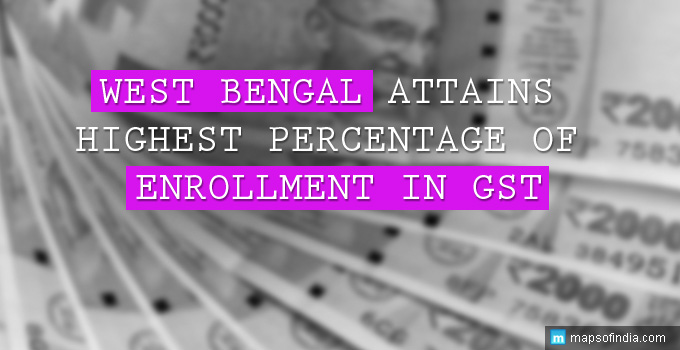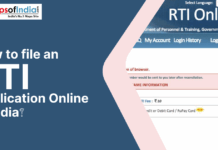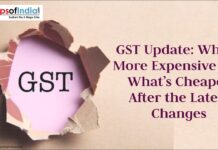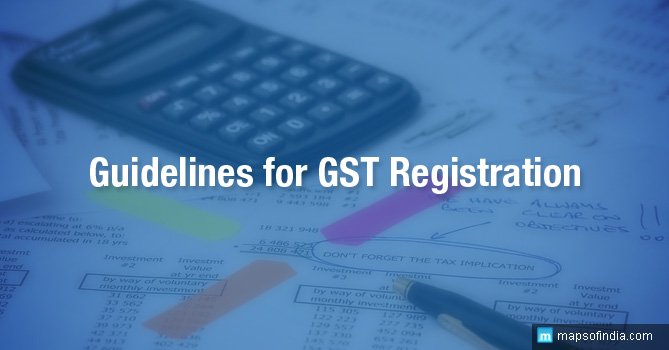According to a report stated by Bijay Kumar, Principal Commissioner, Service Tax of Kolkata Commissionerate, the state of West Bengal has achieved an impressive enrollment of 91% (supposedly the highest) in Goods and Service Tax (GST) through the Central Board of Excise and Customs (CBEC). According to the reports, the state has shown an impressive 86.6% in VAT migration as per the data available with CII.
The data was presented by Mr. Kumar during the inaugural session of GST Training Program conducted by Confederation of India Industry (CII) in Kolkate recently. The program was organized to provide training on “Transition to GST Implementation” and about 100 industry members attended the program. More than 50% participants were from large industrial units.
Highlights of the data as released by CII
- West Bengal has witnessed an impressive 86.6% VAT migration.
- There is 91% enrolment in Goods and Service Tax (GST) through the Central Board of Excise and Customs (CBEC) by West Bengal.
- Among the cities in the country, Kolkata ranks third in GST enrolment. The highest is by Ahmedabad, followed by Mysore.
Plans on GST in West Bengal
During the training program, a senior official from the Commercial Tax Department of West Bengal said that the “GST system is in the process of becoming simple” through efforts by the government so as to make it simpler for businesses in the state. Some plans to be undertaken by the state are as follows:
For products
- Considering the fact that by nature all citizens of West Bengal are book lovers, the state government plans to make available books tax-free in GST regime. Right now, books are not included in the purview of VAT.
- Another plan is to make available footwear below Rs. 500 free of GST. On the other hand, there is a proposal for a 12% tax on footwear
- The price of few products like as petroleum products and other fuels will be decided by the GST council later which will be notified at the right time.
- Entertainment tax will remain same as earlier.
- The state government will also fight for reduction of prices in newsprint, bleached hair, cinematograph films, and electrical energy. The state has already opposed the proposed 12% tax on raw cashew.
For implementation
- All efforts will be taken by the state to make GST efficient and technology-driven and all challenges related to rates will be sorted out by the GST council of the state.
- Dual GST in India consists of Central GST (CGST) and State GST (SGST). There will be Integrated Tax or IGST in place of Central Sales Tax (CST).
- In order make everyone understand the concept of GST in the state, massive awareness programs will be conducted. The Government has already arranged 180 outreach programs through GST Walkathon, GST Morning Walk seminars, GST Mobile Van etc.
- Another plan in the pipeline is to arrange a GST Motorbike Rally and all businesses are advised to share their mobile numbers during the time of registration.
Benefits of GST
While discussing the data about the state’s impressive enrolment in GST during the training program, Mr Dev Kumar Rajwani, Assistant Commissioner, Service Tax-I Commissionerate, Kolkata also pointed out some of the best known benefits of GST such as follows:
- There will be overall reduction in price for consumers.
- GST will also decrease in municipal tax.
- There will be no checkpoints. As a result, there will be free flow of goods and services.
- A non-intrusive electronic tax compliance system will be applicable.
- There will be overall rise in GDP in the range of 0.9 – 1.7% with the implementation of GDP.
- There is also an estimation of rise in Tax-GDP ratio from 16.5 to 25%.
Read More About GST
What is GST?
How to register for GST?
Various Goods and Services Tax forms
GST Rule Changes
Implementation of the GST in India
Costlier Or Cheaper Under GST?






